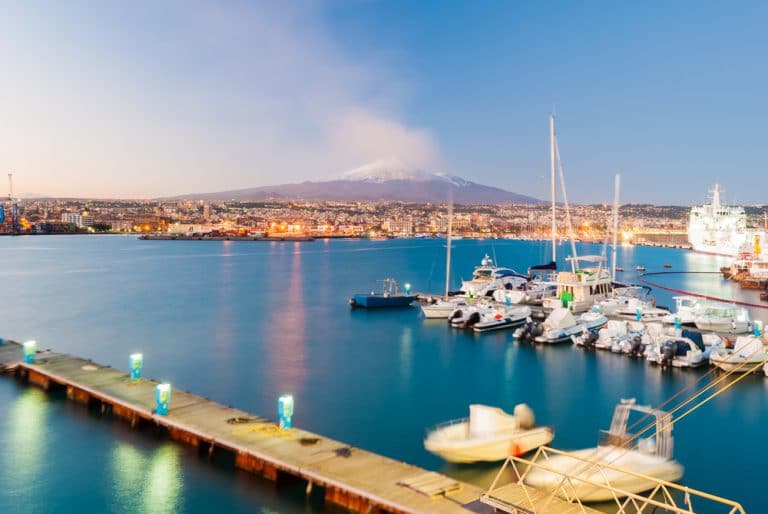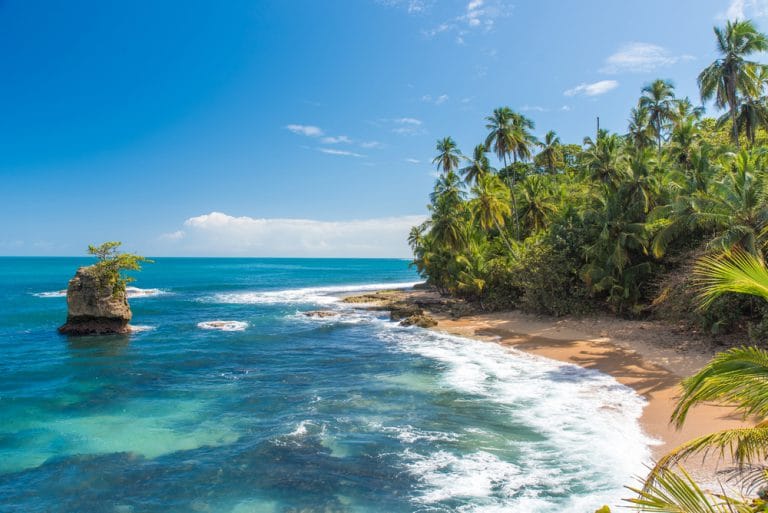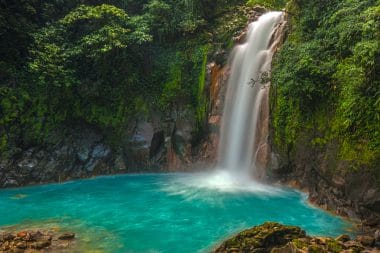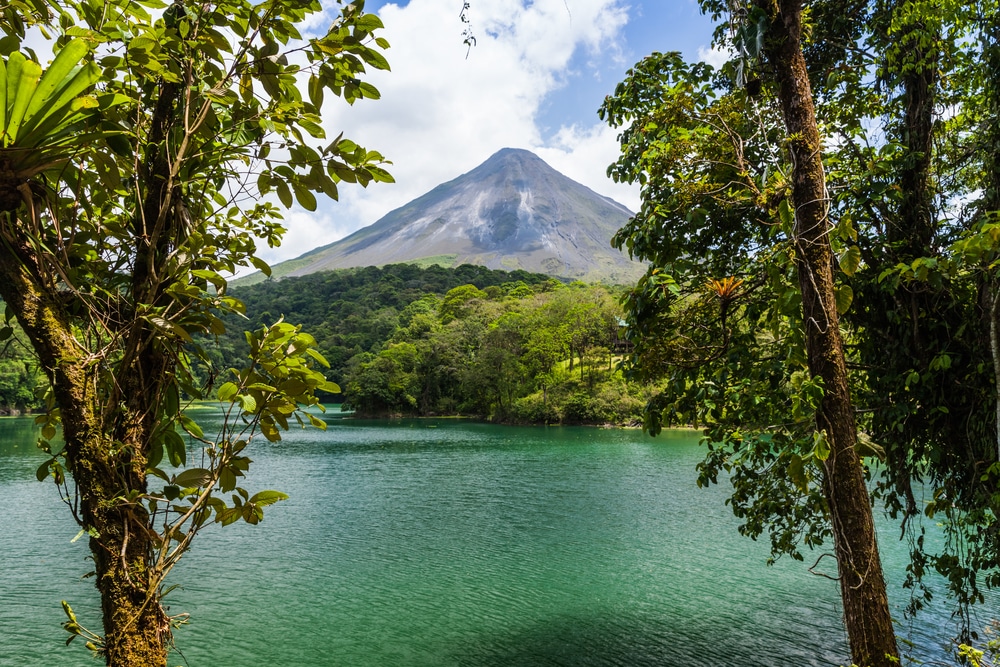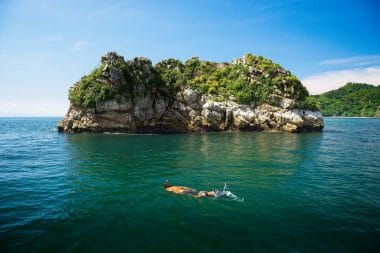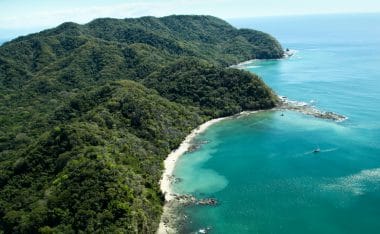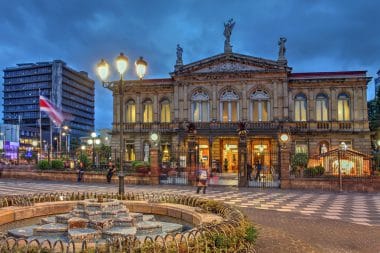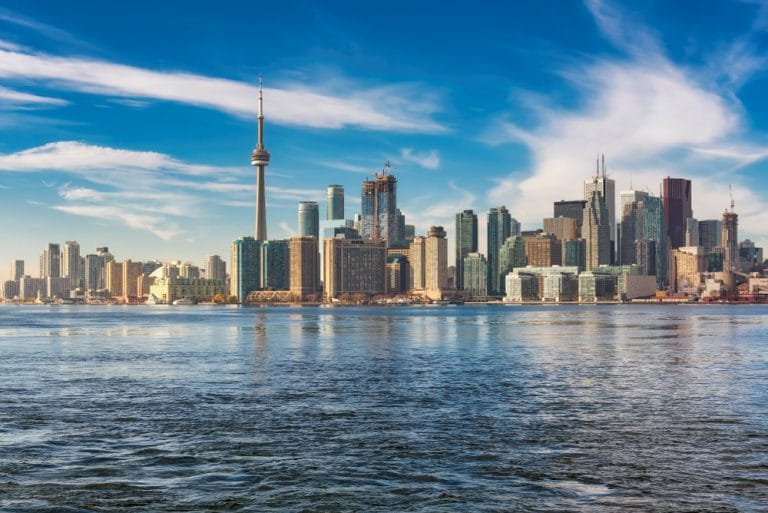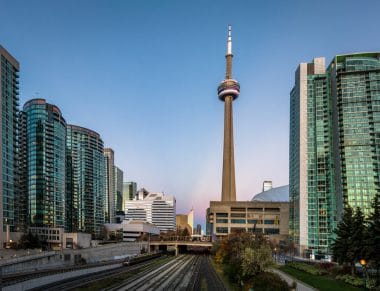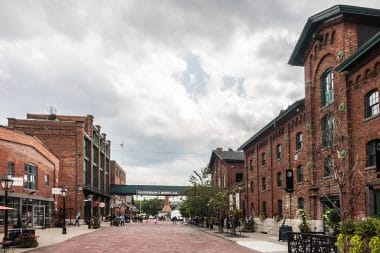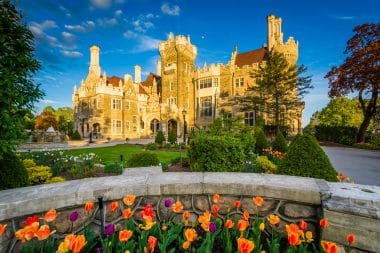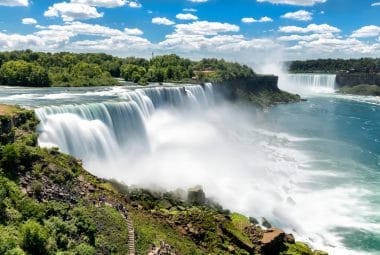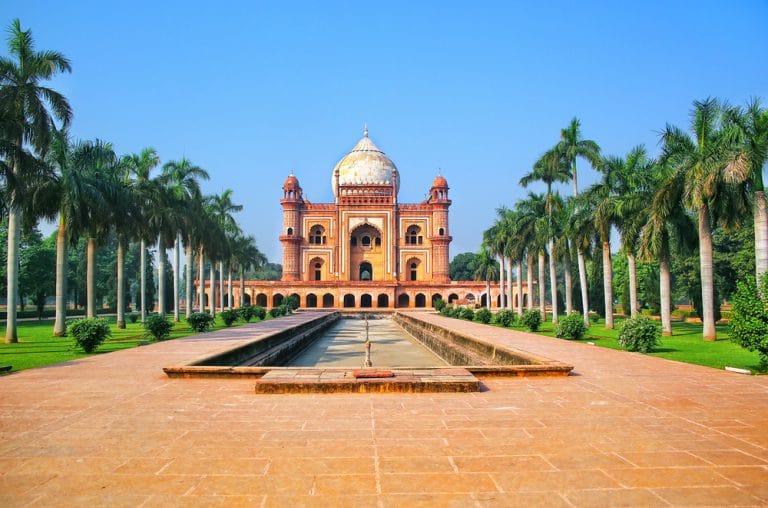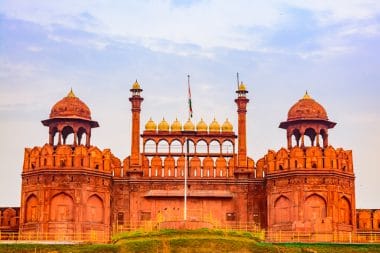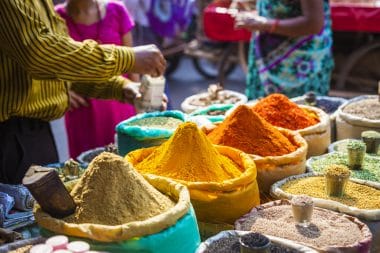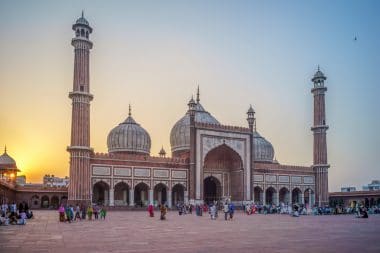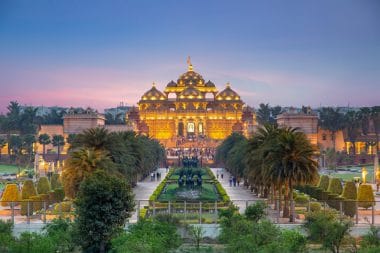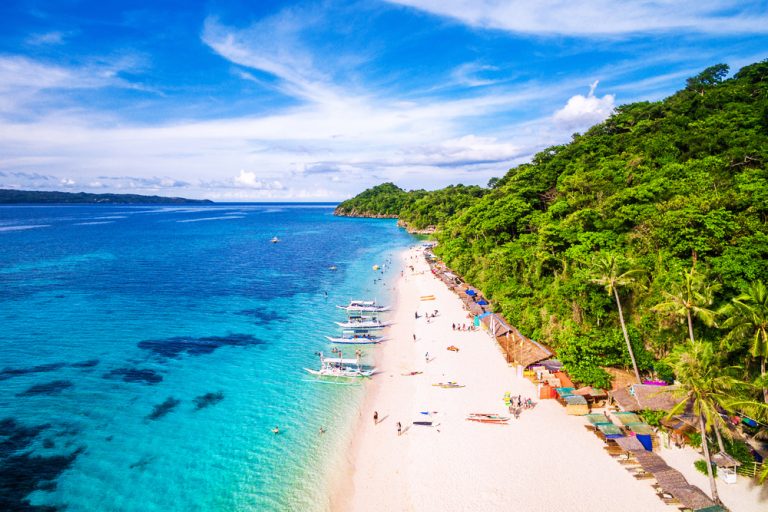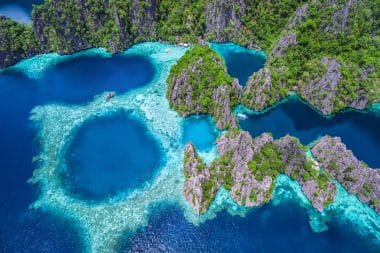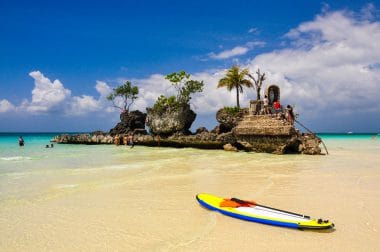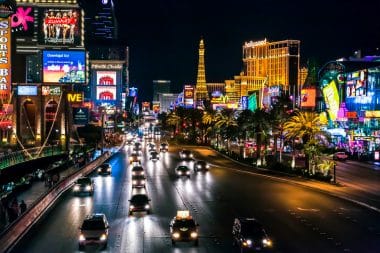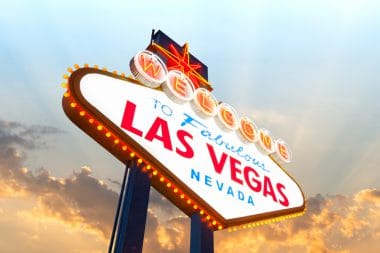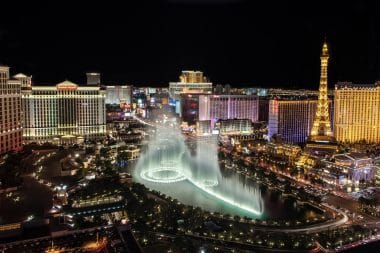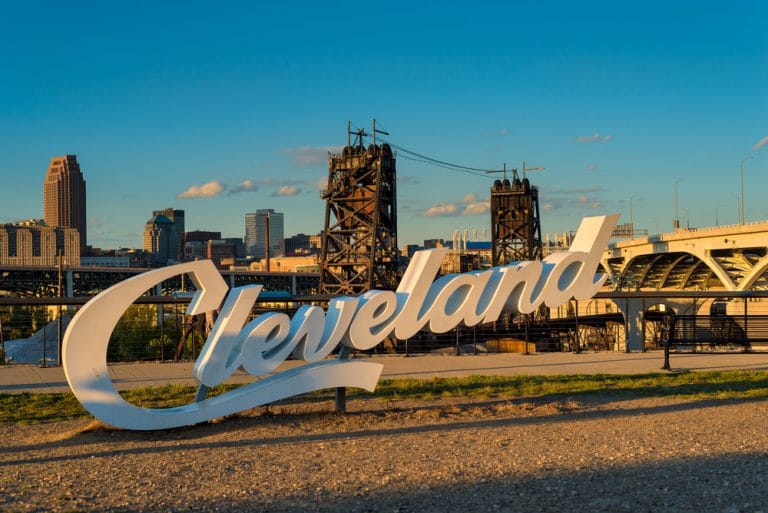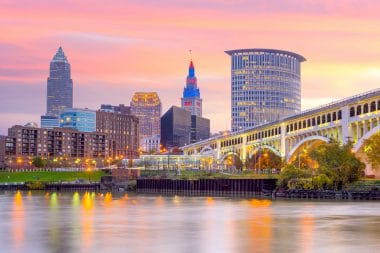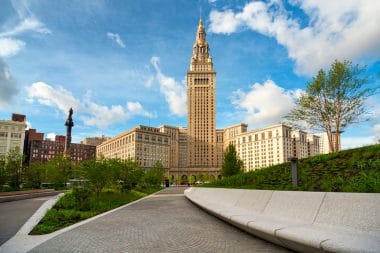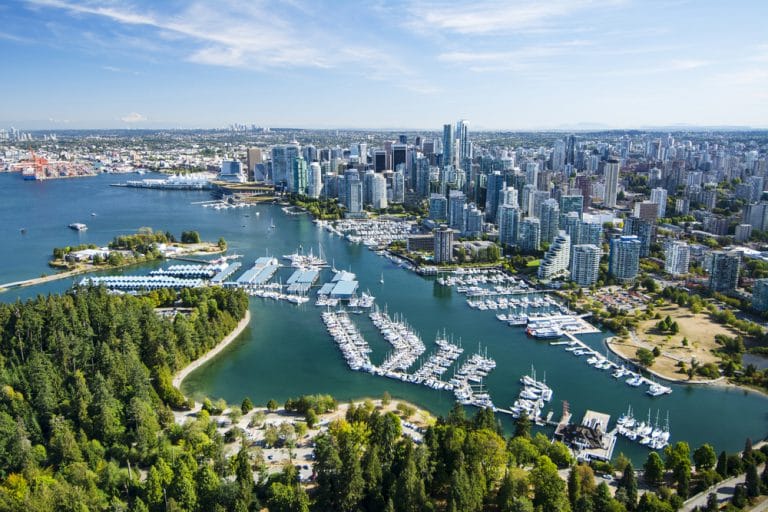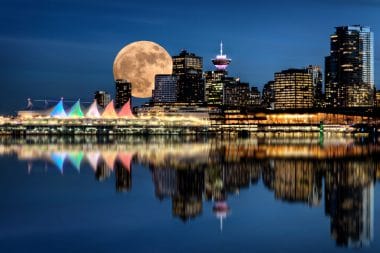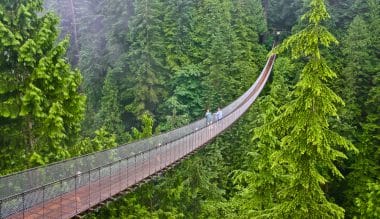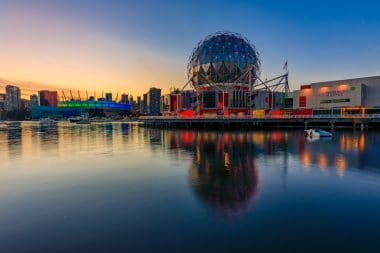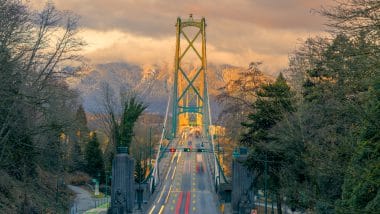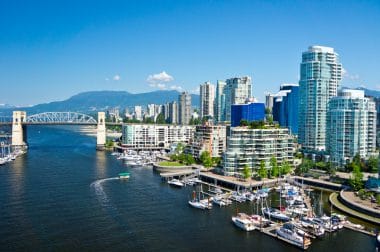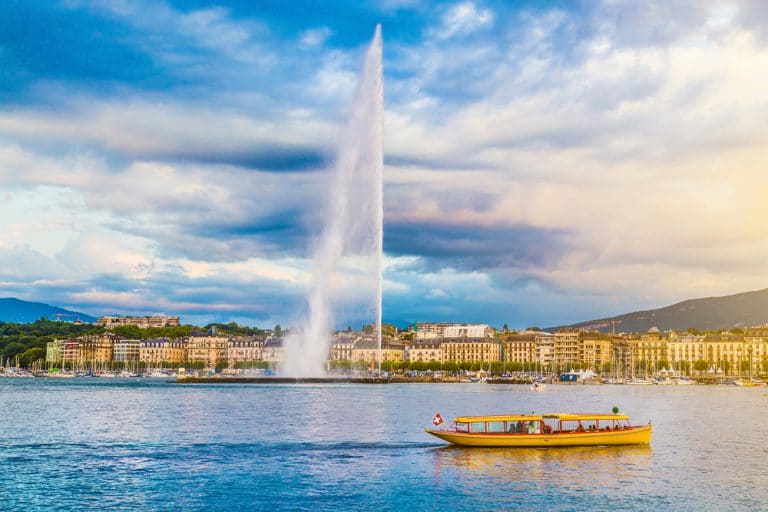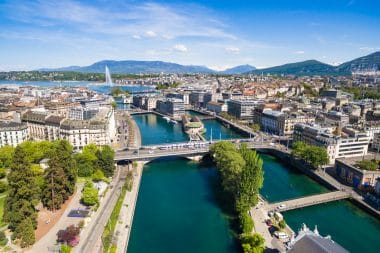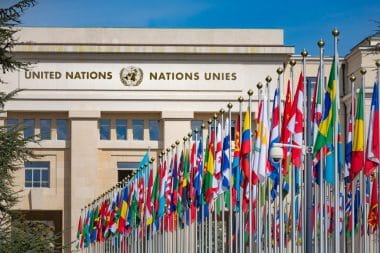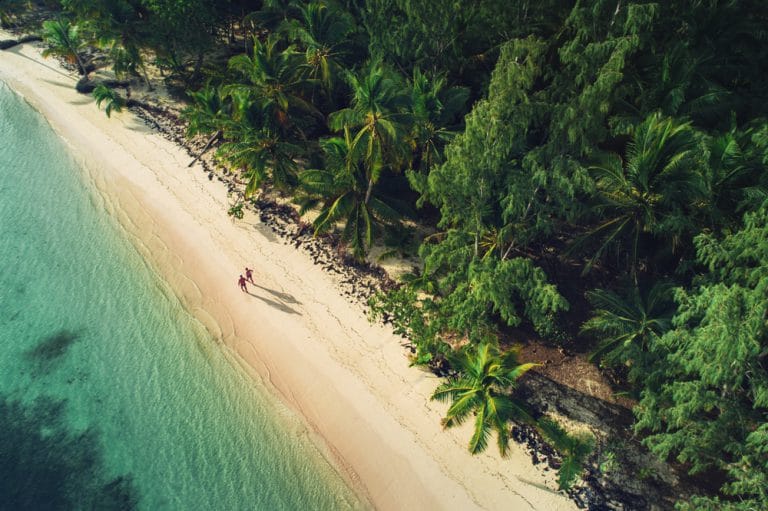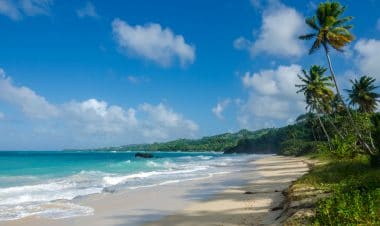Catania, so the story goes, is a pearl forged from water and fire. For more than two and a half millennia, the metropolis has flourished on the white beaches of the Ionian Sea.
The “city under the mountain”, which is what the word Catania actually means, is located at the foot of Mount Etna, the largest volcano on our continent. With its more than 300,000 inhabitants, it is the second largest city in Sicily in Italy after Palermo. It is also the capital of the metropolitan city of the same name. The metropolis is one of the late Baroque towns of the Val di Noto, which have been declared a World Heritage Site by UNSECO.
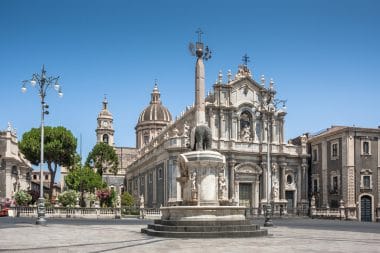
The city is a highly interesting and attractive destination for several reasons. Both their rich history and their intercultural diversity make it possible to experience a piece of ancient identity. The baroque buildings, the colourful and noisy markets and the numerous restaurants invite you to stroll through the city and take a walk. The cheap local transport also allows you to explore the region around the city. Catania is also an excellent seaside resort due to its immediate proximity to the coast. Below are some of the biggest highlights and sights in and around Catania.
Churches, cathedrals and monasteries in Catania
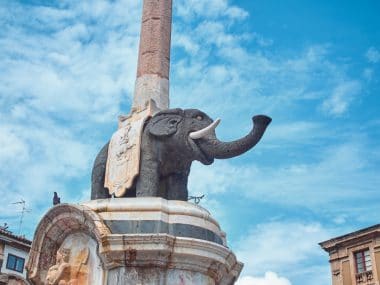
Catania is home to a large number of impressive churches, cathedrals and monasteries. Among other things, the church of San Benedetto, the monastery of San Nicola and the Collegiata stand out.
Perhaps the most imposing cathedral, however, is the Cathedral of Sant’Agata. It is the cathedral of the Archdiocese of Catania and is located on the east side of Piazza Duomo. It was dedicated to St. Agatha, the patron saint of the city. The architecture of the church is characterized by a longitudinal building with a triple apse and transverse building.
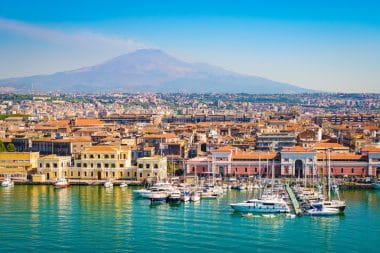
In the course of restoration work, the apses were stripped of their Baroque decoration and once again show the original Norman construction of the building. However, its baroque west façade has been preserved. This was designed by Giovanni Battista Vaccarini. The interior of the church is divided into three naves with the help of pillars. The beautiful main altar is located in the awe-inspiring central apse. In the two side apses there is the Chapel of the Blessed Sacrament and the Chapel of St. Aghata, where her relics are also kept.
Palazzi

Another architectural feature of the city is its numerous and diverse pallazi. The Palazzo degli Elefanti, the Palazzo Valle, the Palazzo di Giustizia and the Palazzo Biscari are particularly noteworthy.
The latter is the most important palazzo in Catania. It was built at the end of the 17th century, after Catania had been almost completely destroyed by an earthquake in 1693. Almost a century later, none other than Johann Wolfgang Goethe visited the palace.
Beaches in the Catania region
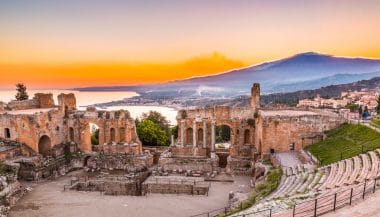
The region around Catania is home to numerous beaches of various colors, all of which are very easy to reach by public transport and offer bathing fun for every taste. Three of them will be presented here.
La Playa is the largest and longest beach in Catania with its 18 km. It is particularly popular for its golden and fine sand, as well as the high density of beach bars and services. It also offers a breathtaking view of Mount Etna. It can be reached from the city in 15 minutes. The shallow waters and the numerous tourist attractions make the beach ideal for visits with small children.
Riviera dei Ciclopi is a smaller beach located near Aci Trezza. It represents one of the most fascinating coastal areas of Catania. In addition to the large, rounded pebbles, its trademark is the free-standing, black rocks and the island of Lachea, which rise out of the sea here. The crystal clear water is particularly suitable for snorkelers.
The coast of Paiola is particularly characterized by its black beaches, which indicate the volcanic geology of Sicily. Here you can spend a few hours by the sea in peace, because the coast stretches along agricultural land, which means that there is comparatively little traffic and tourist hustle and bustle. In addition, the rich Mediterranean vegetation provides a natural ambience here.
Mount Etna
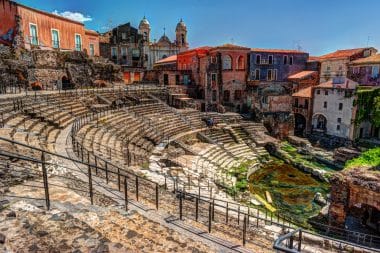
If you are on holiday in Catania, you should plan at least one day for excursions to Mount Etna! The volcano is excellently developed and easily accessible from the city by bus, taxi or private car. Depending on whether you want to climb the summit or visit one of the countless side craters of Etna, there are different tours. Here you will be guided safely and reliably by a knowledgeable guide through the rugged landscape of Europe’s highest volcano.
Let’s go – Let’s go to Catania
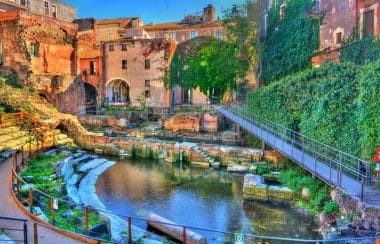
Catania is a holiday destination for everyone! It is well connected by land, air and sea. The city itself has a lot to offer for all tastes: those interested in art, culture and architecture get their money’s worth here, as do nature lovers or bathing enthusiasts! An excellent culinary offer and an exciting city life round off the holiday experience in a memorable way.


